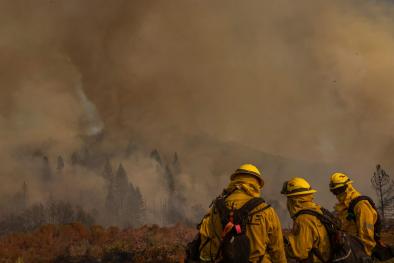Scorching Phoenix may be out of position to deal with climate change

Article excerpt
Today, Phoenix is a horizon of asphalt, air conditioning and historic indifference to the pitfalls of putting 1.5 million people in a place that gets just 8 inches of rain a year and where the temperature routinely exceeds 100 degrees.
Now, however, the city faces a reckoning. It is called climate change, and it is expected to further expose the glaring gap between how the city lives and what it can sustain. The future, scientists say, will be even hotter and drier, the monsoons more mercurial. Summertime highs could reach 130 degrees before the end of the century — think Death Valley, but with subdivisions.
“My colleagues and I wonder about the future habitability of Phoenix all the time,” said David Hondula, a climatologist who studies the impact of heat on health at Arizona State University.
...
The average high here in August now exceeds 104 degrees, but 110 is not uncommon, and the temperature has hit 120 more than once. In summer 2016, a study by Climate Central and the Weather Channel found that the average temperature in Phoenix had increased 1.12 degrees over the previous half a century. No major city saw temperatures rise more — and, of course, no major city regularly reached such scorching highs in the first place.
Related Content



